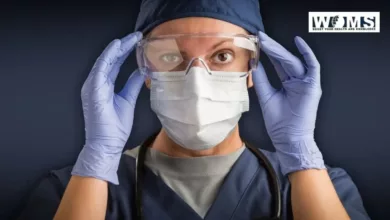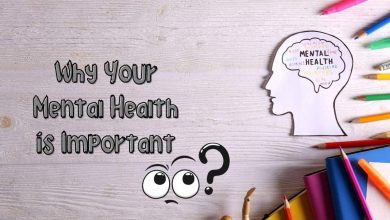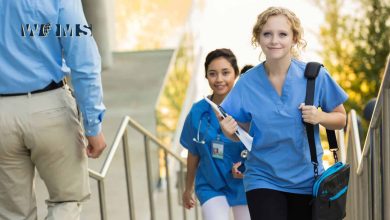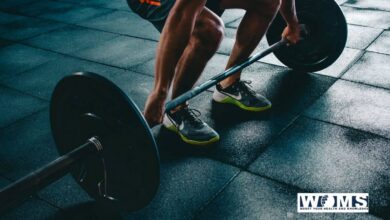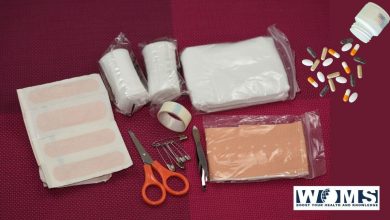Returning to Normal Life After a Stroke – Things You Should Consider
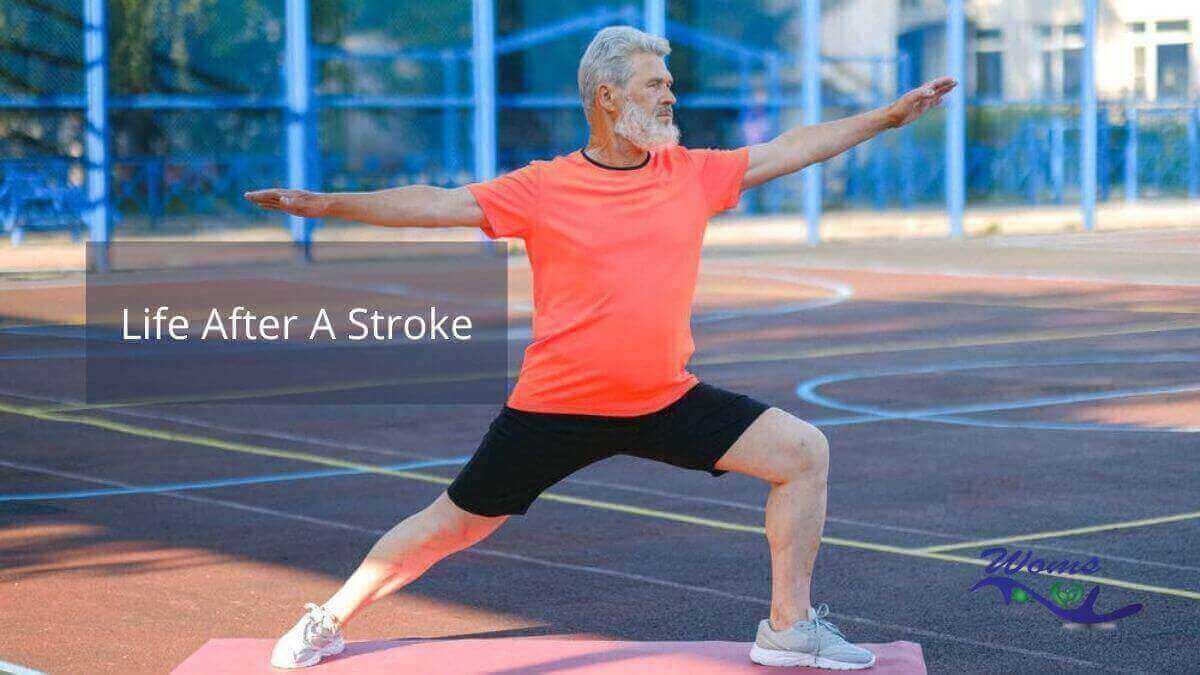
Reclaiming your life after a stroke is a step-by-step journey that requires patience and some well thought out planning. Just like every individual is unique, stroke recovery also takes on its own personal rhythm for each person. Here are some important things to think about as you or someone you care about embarks on the journey of regaining independence and getting back to the rhythm of daily life.
Medical Follow-Up
Staying on top of your regular health check-ups and staying connected with your healthcare squad is crucial. This awesome team usually consists of neurologists, experienced physical therapists, occupational therapists, and speech therapists. They’ve got your back to keep an eye on your progress and tweak your treatment plan if needed.
Rehabilitation
Jump into a personalized rehab program that’s all about you! This could mean getting into physical therapy to boost your moves, strength, and balance. Or diving into occupational therapy to bring back those everyday skills. And if talking or swallowing got a bit wonky, speech therapy could be on the menu too!
Medication Management
Remembering to take the meds your doctor prescribed is a big deal. It helps stop more problems from popping up and keeps those underlying issues – the ones that might have played a role in the stroke – in check. Just think of it as your daily health superhero routine!
Lifestyle Changes
Time to embrace a lifestyle that’s all about feeling good! Think good eats, stay active and kick stress to the curb. These things can totally boost your overall wellness game and even tag along to keep those future strokes at bay.
Mobility Aids
If getting around is a bit of a challenge, no worries – there are some cool tools, such as canes, walkers, or even wheelchairs, that can totally lend a hand. They’re like your trusty sidekicks, making sure you navigate the world safely and in style!
Home Modifications
Time to give your living space a little makeover! How about adding some helpful handrails, ramps, and grab bars? These awesome upgrades can totally prevent those sneaky slips and falls, plus they’ll amp up the safety vibes all around.
Driving
Before you hit the road again, it’s a smart move to chat with your healthcare pro and maybe even go for a driving checkup. After a stroke, some things might affect how you drive safely.
Emotional Support
Stroke recovery can be emotionally taxing. You should seek support from family, friends, support groups, or therapists to help you cope with the psychological effects of the stroke. You have to make sure you’re good to go and road-ready!
Cognitive Rehabilitation
If your brain’s feeling a bit fuzzy, no worries! There are these cool cognitive rehab programs that can totally give your memory, focus, and problem-solving skills a boost. Think of it as giving your brain a little workout to get back in shape and tackle those mental challenges like a pro!
Return to Work
Time to chat with your boss and healthcare crew if you had a job before the stroke. Figuring out your comeback plan might mean taking things slow and making tweaks to your work stuff. You have to team up to create a work groove that fits the new you!
Financial Planning
Bouncing back from a stroke can sometimes mess with your wallet too. So, it’s a good idea to take a peek at your health insurance and think about getting some money-savvy guidance if things seem a bit confusing. You need to give your finances a little post-stroke checkup!
Adaptive Strategies
Time to become a master of adaptability! If you’re facing some ongoing physical or thinking challenges, there are some pretty cool tricks and strategies you can learn. Think of it like finding new and creative ways to tackle tasks or changing up your daily routine. Remember, you have to make things work like a pro, even if it means adding a few extra twists!
Patience and Persistence
Stroke recovery is like a journey at its own pace. Along the way, don’t forget to throw a little party for those small wins! And give yourself a big dose of patience too. You’re on a path to achieving your goals, all it needs is for you to take each step one at a time.
Setting Realistic Goals
Time to get goal-setting savvy on your recovery road! Instead of tackling those big goals all at once, why not break them down into smaller, doable chunks? Take it as if you are creating a roadmap full of little victories that’ll keep you pumped up and help you see just how far you’ve come. You’re basically the captain of your own awesome progress ship!
Communication
You have to keep those communication channels wide open! Stay in touch with your healthcare squad, your fam, and your buddies. Make it a habit to chat about how you’re doing, what’s on your mind, and any twists and turns you come across. It’s like having a support squad that’s always got your back and ready to listen!
Summing Up
Here’s the deal: every stroke survivor’s path is totally one-of-a-kind. No cookie-cutter solutions here! The secret sauce is teaming up with your healthcare crew and being flexible with your game plan. That way, you or your loved one can rock the journey back to a life that’s all about awesome independence and fulfillment. You have to craft your own custom-made success story about your life after a stroke!
Check Out: Stroke Volume Equation and Calculator
FAQs:
1. How much does your life change after a stroke?
A drastic change takes place after a stroke. People might suffer from problems like weakness, paralysis, tingling sensation, and problem with balance and coordination. They might require assistance in their day-to-day life and social support.
2. What should be taken care of in food for a person after a stroke?
The person should take care of the food they eat. The person should avoid taking salt, sugar, and processed food. They should also avoid trans, saturated and fried foods.
3. Does full recovery occur after a stroke?
The recovery depends on the individual itself. In some people, it might take to some weeks while for some it may take some months while for some it might take some years too.
